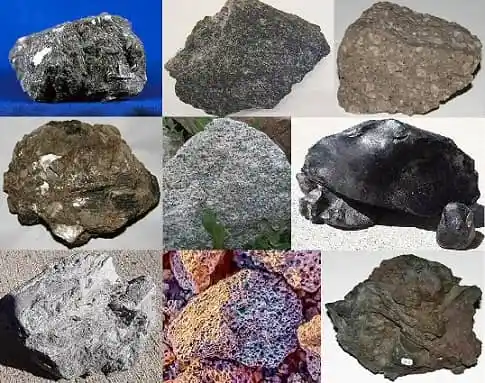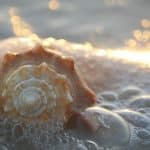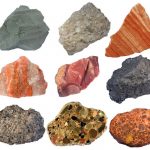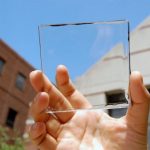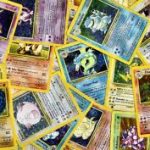Igneous Rocks- The Fiery Ones
Huge bubbles of hot, fluid rock called magma form deep in the earth’s mantle and squeeze towards the surface. Occasionally, magma forces its way through the earth’s crust by erupting out of a volcano. Once the magma flows from a volcano, it is called lava. As the lava cools, it eventually hardens into solid rock. Magma can also cool and harden into rock before it ever reaches the surface. Rock that forms when magma or lava solidifies is called igneous rock.

Igneous rock can be divided into two categories. Igneous rock formed at the earth’s surface is called extrusive rock, and igneous rock formed in pockets below the earth’s crust are called intrusive rock. The word Extrusive means “forced out,” and the word Intrusive means “forced into or between.”
Extrusive Rock
Even though all extrusive rocks are formed from magma, they have different textures or appearances based on how fast they solidified. If it cools very quickly, it gives the rock a smooth texture. Because most extrusive igneous rocks cool very quickly, most of them have a smooth, fine-grained surface. A good example of this is obsidian.

Pumice
Pumice is not as smooth as obsidian because it is formed from gas-filled lava. As the lava cools, the escaping gas leaves behind hollow spaces, making the rock foam-like in appearance. The air trapped in pumice makes it light enough to float on water.

Another example of extrusive rock is basalt.
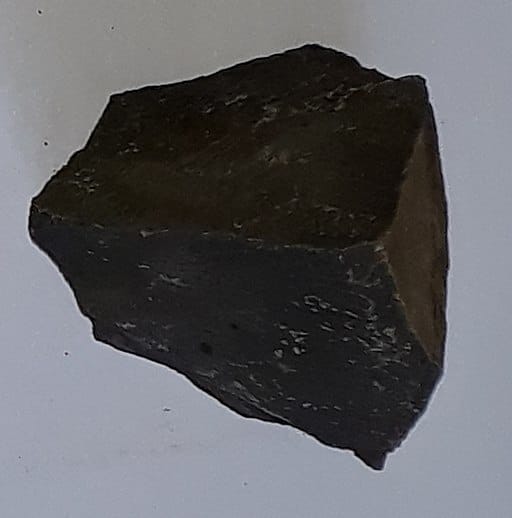
Intrusive Rock
When magma cools very slowly, some minerals have a chance to harden before others do, forming crystals inside the magma. As the magma slowly cools, all the minerals form into crystals. As a result, the solidified rock contains crystals of many different kinds, giving it a speckled texture. If you look closely at an intrusive igneous rock, you may be able to see the individual crystals. Because intrusive rocks are formed when magma cools very slowly, the crystals have a long time to form and can grow very large. They have a coarse-grained appearance.
A common intrusive rock is granite. It is a strong, light-colored rock that may contain glasslike quartz, dull white, gray, or pink feldspar, and black, shiny mica. Although granite lies deep within the earth, some of it may be visible on the surface.

If I missed any rocks, please let me know in the comments! I love hearing from you guys! What is your favorite igneous rock?
